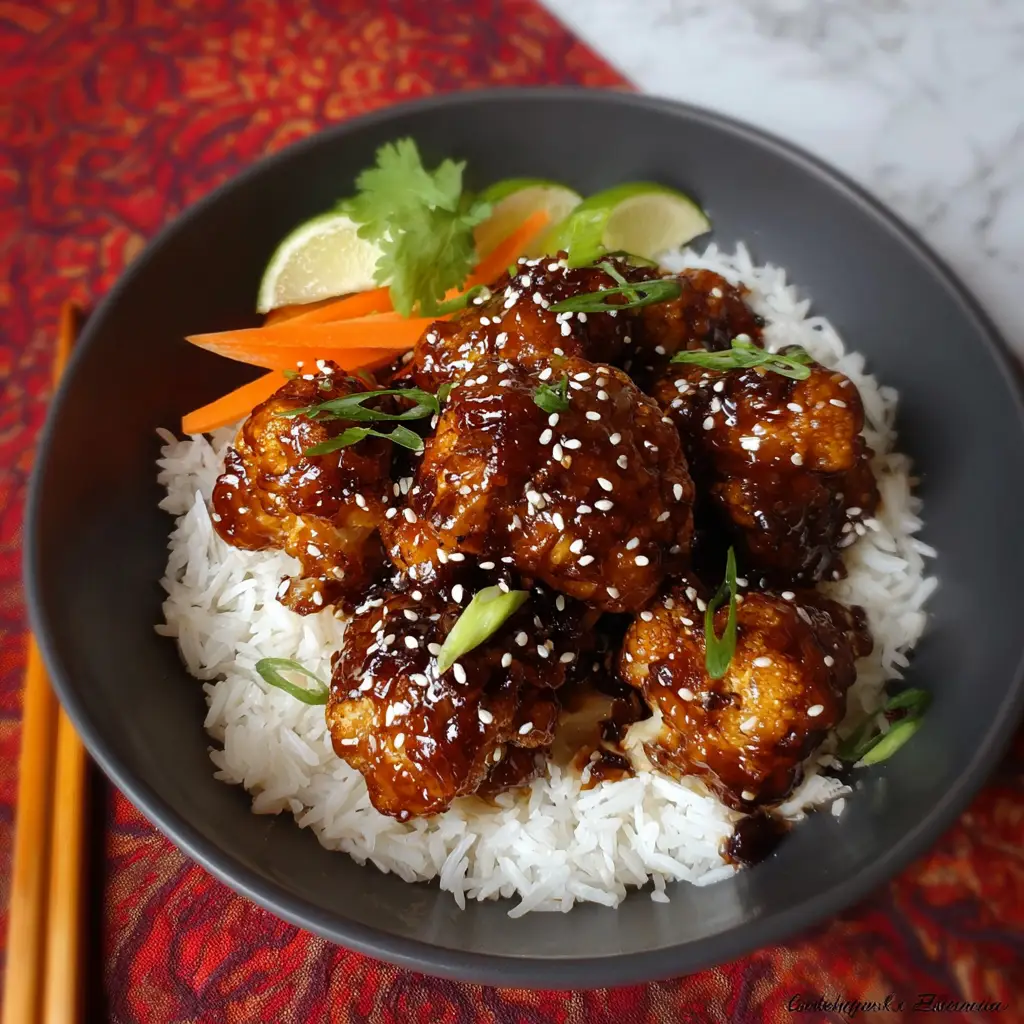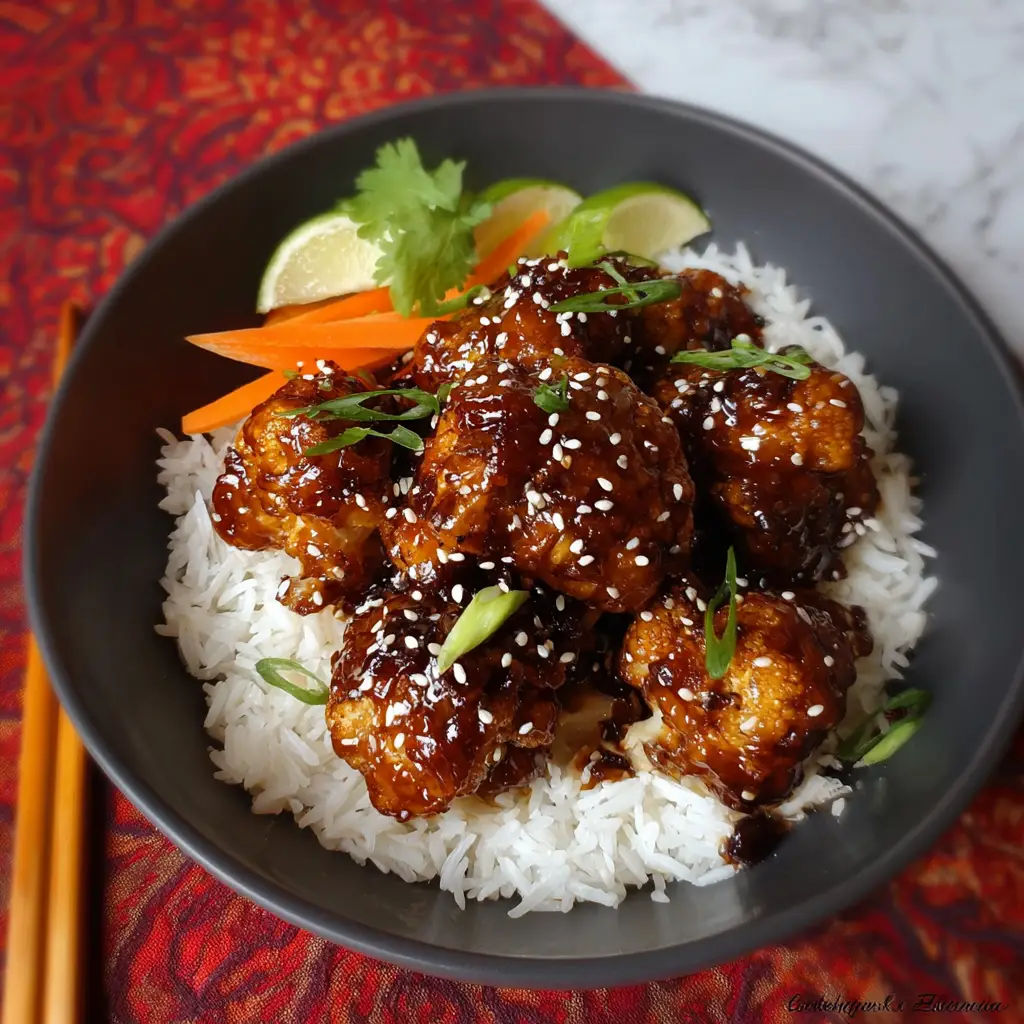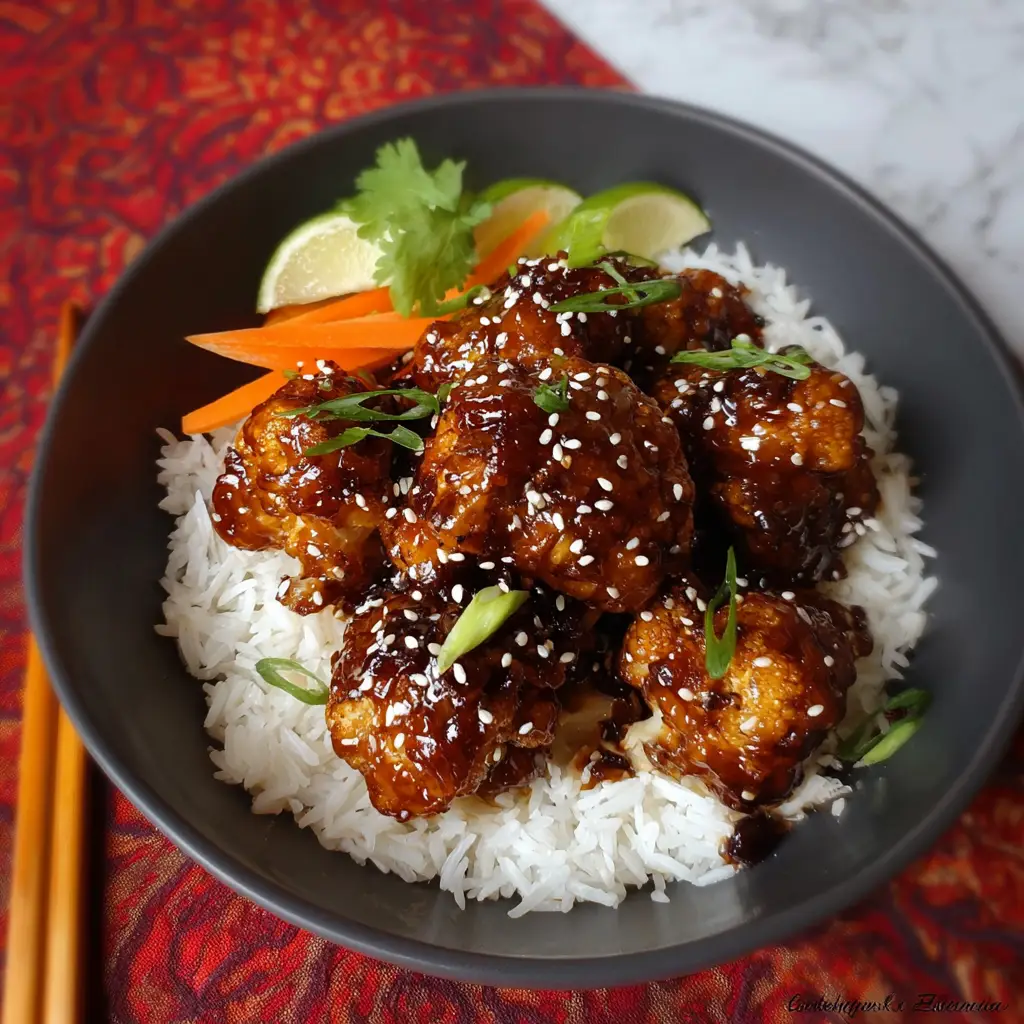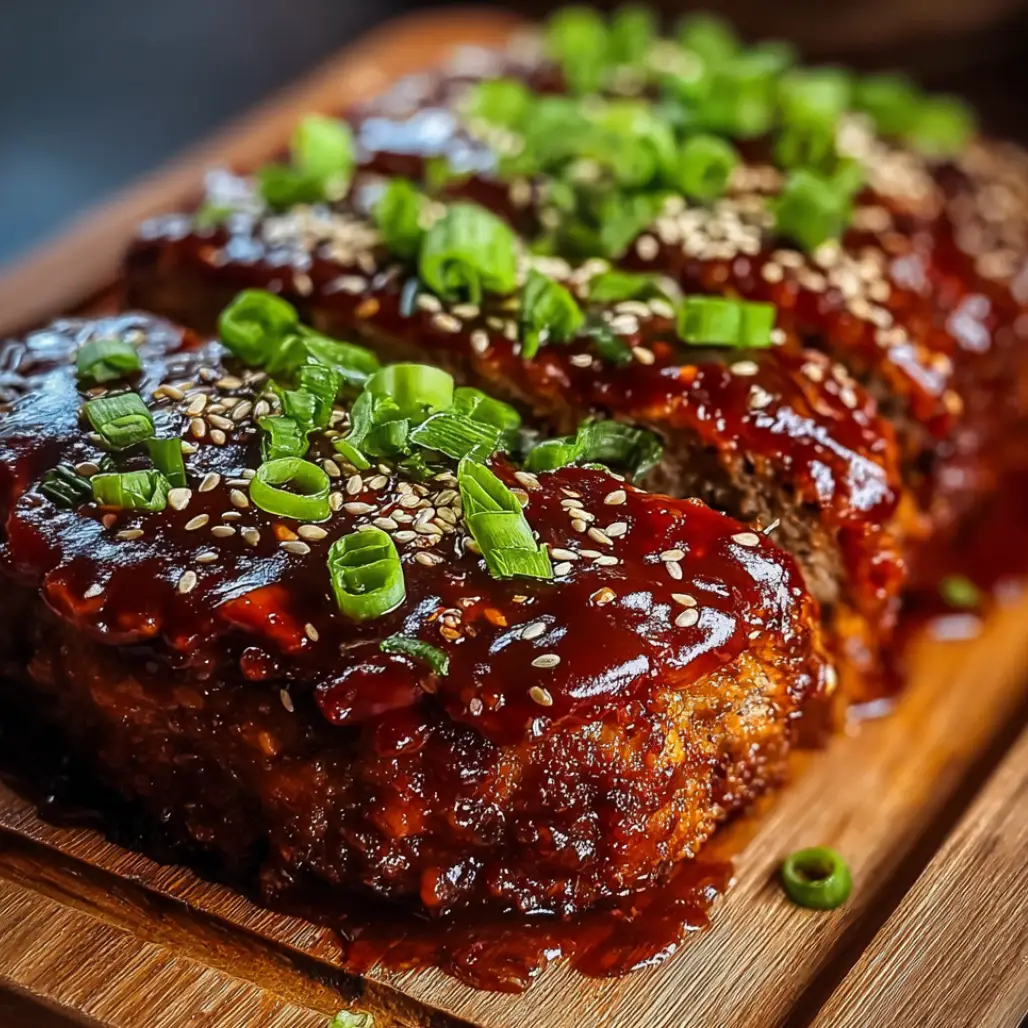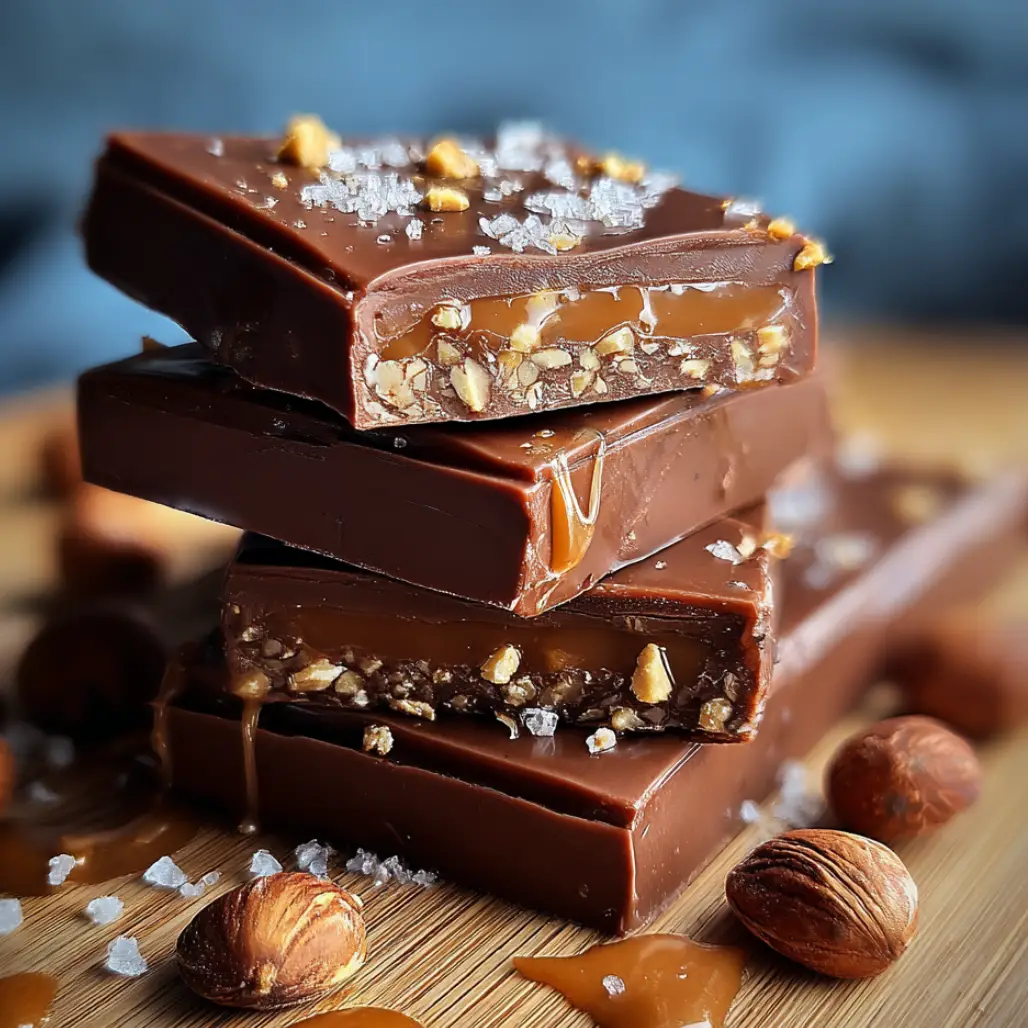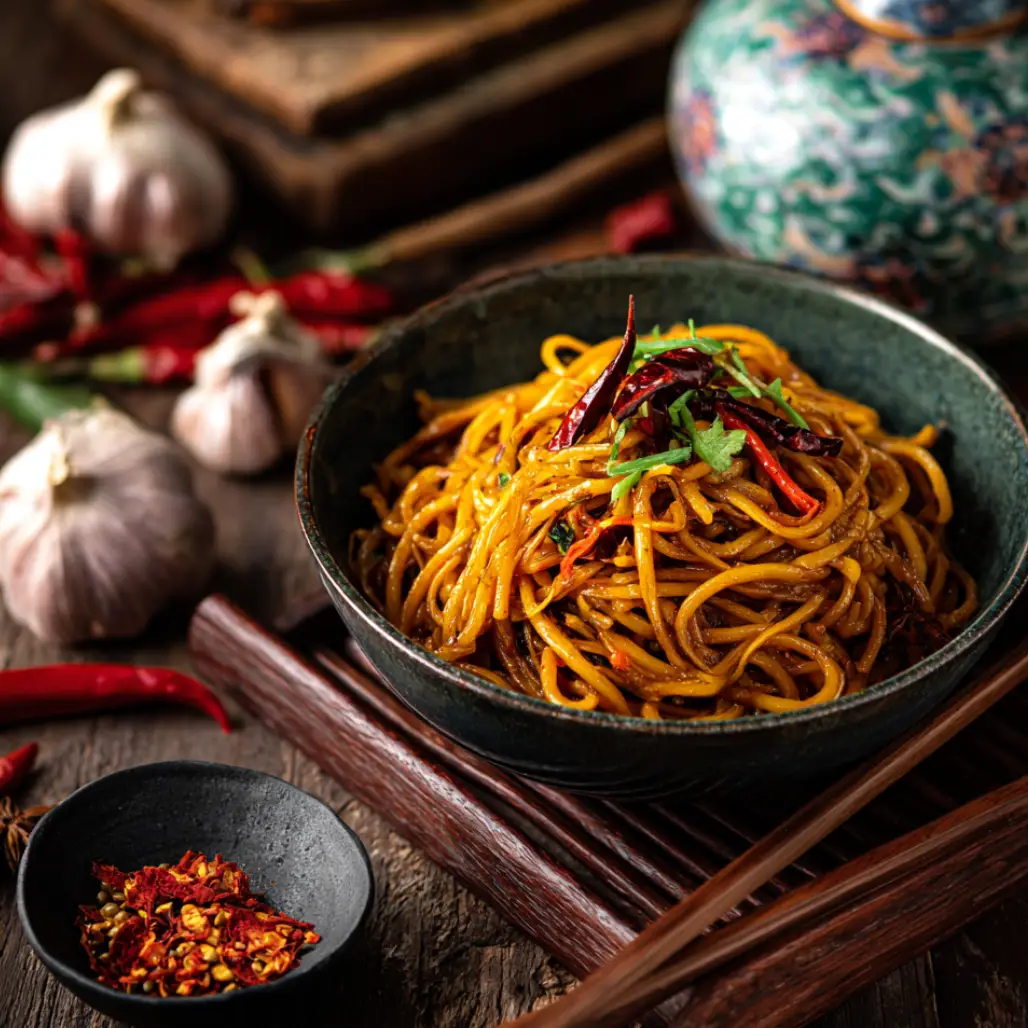| Prep Time: 15 minutes | Cook Time: 30 minutes | Total Time: 45 minutes | Serves: 4 |
Transform your weeknight dinner routine with this irresistible easy vegan general tso cauliflower that delivers all the satisfying flavors of your favorite takeout dish right in your own kitchen. This plant-based version combines perfectly crispy cauliflower florets with a sweet and tangy sauce that will have everyone asking for seconds, because the combination of textures and flavors creates an unforgettable dining experience that rivals any restaurant meal.
Why This Easy Vegan General Tso Cauliflower Works
The magic behind this easy vegan general tso cauliflower lies in the perfect balance of crispy coating and flavorful sauce that mimics the beloved Chinese-American classic. Unlike traditional versions that rely on heavy batters, this recipe uses a lighter approach that allows the natural texture of cauliflower to shine through while still achieving that satisfying crunch we all crave, because the key is creating layers of flavor without overwhelming the delicate vegetable underneath. The sauce brings together sweet, sour, and umami elements in perfect harmony, making each bite a delightful surprise that keeps you coming back for more.
Essential Ingredients for Perfect Results
For the Cauliflower:
- 1 large head cauliflower, cut into bite-sized florets
- 1 cup all-purpose flour
- 1/2 cup cornstarch
- 1 cup unsweetened plant milk
- 1 teaspoon garlic powder
- 1 teaspoon onion powder
- 1/2 teaspoon salt
- 1/4 teaspoon black pepper
- Vegetable oil for frying
For the General Tso Sauce:
- 1/2 cup soy sauce (low sodium preferred)
- 1/3 cup rice vinegar
- 1/4 cup brown sugar
- 2 tablespoons hoisin sauce
- 3 cloves garlic, minced
- 1 tablespoon fresh ginger, grated
- 2 tablespoons cornstarch
- 1/4 cup water
- 1 teaspoon sesame oil
- 1/2 teaspoon red pepper flakes
For Garnish:
- 2 green onions, thinly sliced
- 1 tablespoon sesame seeds
- Fresh cilantro leaves
The Art of Creating Restaurant-Quality Cauliflower
Creating the perfect easy vegan general tso cauliflower requires understanding the science behind achieving that coveted crispy exterior while maintaining a tender interior. The secret lies in the proper preparation of both the cauliflower and the batter, because when these elements work together harmoniously, they create a texture that’s surprisingly similar to the original chicken version. Start by selecting fresh, firm cauliflower heads with tightly packed florets, as this ensures the best texture and flavor absorption throughout the cooking process.
The batter consistency plays a crucial role in achieving restaurant-quality results, because it needs to be thick enough to coat the cauliflower properly while remaining light enough to create that signature crispiness. Temperature control during frying is equally important, as oil that’s too hot will burn the coating before the cauliflower cooks through, while oil that’s too cool will result in greasy, soggy florets that lack the desired texture.
Step-by-Step Instructions for Success
Step 1: Prepare the Cauliflower Cut the cauliflower into uniform florets, approximately 1-2 inches in size, ensuring even cooking throughout the batch. Rinse the florets under cold water and pat them completely dry with paper towels, because any excess moisture will prevent the batter from adhering properly and compromise the final crispiness.
Professional Tip: Allowing the cut cauliflower to air dry for 10-15 minutes after patting dry will remove any remaining surface moisture and improve batter adhesion.
Key Points: Uniform sizing ensures even cooking, and proper drying is essential for crispy results.
Step 2: Create the Perfect Batter In a large mixing bowl, whisk together flour, cornstarch, garlic powder, onion powder, salt, and pepper until well combined. Gradually add the plant milk while whisking continuously to prevent lumps from forming, because a smooth batter is essential for even coating.
Professional Tip: Let the batter rest for 5 minutes to allow the flour to fully hydrate, which creates a better coating texture.
Key Points: Gradual liquid addition prevents lumps, and resting time improves batter consistency.
Step 3: Heat the Oil and Test Temperature Heat approximately 2 inches of vegetable oil in a heavy-bottomed pot or deep skillet to 350°F (175°C). Test the temperature by dropping a small amount of batter into the oil – it should sizzle immediately and float to the surface, because proper oil temperature is crucial for achieving the perfect crispy texture without greasiness.
Professional Tip: Use a candy thermometer for consistent temperature monitoring, and maintain heat between 345-355°F throughout frying.
Key Points: Proper oil temperature prevents soggy results and ensures golden-brown color.
Step 4: Coat and Fry the Cauliflower Working in small batches, dip each cauliflower floret into the batter, allowing excess to drip off before carefully placing into the hot oil. Fry for 3-4 minutes until golden brown and crispy, turning occasionally for even browning on all sides.
Professional Tip: Avoid overcrowding the pot, as this lowers oil temperature and results in uneven cooking.
Key Points: Small batches ensure consistent results, and proper timing prevents overcooking.
Step 5: Prepare the Signature Sauce While the cauliflower cooks, combine soy sauce, rice vinegar, brown sugar, hoisin sauce, minced garlic, and grated ginger in a medium saucepan. In a small bowl, whisk cornstarch with water to create a slurry, then add it to the sauce mixture along with sesame oil and red pepper flakes.
Professional Tip: Prepare the cornstarch slurry separately to prevent lumps from forming in the sauce.
Key Points: Proper mixing order ensures smooth sauce consistency and prevents clumping.
Step 6: Perfect the Sauce Consistency Bring the sauce to a gentle simmer over medium heat, stirring constantly until it thickens to coat the back of a spoon, which typically takes 3-5 minutes. The sauce should have a glossy appearance and flow smoothly when stirred, because the right consistency ensures it will cling perfectly to the crispy cauliflower.
Professional Tip: If the sauce becomes too thick, add water one tablespoon at a time; if too thin, simmer longer to reduce.
Key Points: Constant stirring prevents burning, and proper consistency ensures good coating ability.
Step 7: Combine and Serve Immediately Remove the fried cauliflower from oil and drain briefly on paper towels before immediately tossing with the warm sauce in a large bowl. Serve immediately over steamed rice, garnished with sliced green onions, sesame seeds, and fresh cilantro for the complete experience.
Professional Tip: Serve immediately after saucing to maintain maximum crispiness, as the sauce will soften the coating over time.
Key Points: Immediate serving preserves texture, and proper garnishing enhances visual appeal and flavor.
Professional Tips for Outstanding Results
Temperature control remains the most critical factor in achieving restaurant-quality easy vegan general tso cauliflower, because consistent heat ensures even cooking and proper texture development. Monitor your oil temperature throughout the frying process and adjust heat as needed to maintain the optimal range, as fluctuating temperatures will result in inconsistent coating and potentially greasy results.
Batch cooking might seem time-consuming, but it’s essential for maintaining oil temperature and ensuring each piece receives proper attention during the cooking process. Plan your timing so the sauce is ready when the last batch of cauliflower finishes cooking, because the marriage of hot sauce and crispy cauliflower creates the best possible texture combination.
Quality ingredients make a noticeable difference in the final result, particularly when it comes to the soy sauce and rice vinegar used in the sauce. Choose low-sodium soy sauce to control salt levels, and use seasoned rice vinegar for added depth of flavor that complements the other sauce components beautifully.
Creative Variations to Explore
Experiment with different vegetables to create your own signature version of this easy vegan general tso cauliflower concept, because broccoli, brussels sprouts, and even cubed tofu work wonderfully with this same preparation method. Each vegetable brings its own unique texture and flavor profile while maintaining the essential character of the dish, allowing you to customize based on seasonal availability or personal preferences.
Spice levels can be easily adjusted by modifying the red pepper flakes or adding fresh chilies to the sauce, because some people prefer a milder version while others crave serious heat. Consider adding fresh pineapple chunks during the final tossing stage for a sweet and tangy twist that pairs beautifully with the savory sauce elements.
For those following specific dietary requirements, gluten-free flour blends work exceptionally well in the batter, and tamari can replace soy sauce for gluten-free needs. The versatility of this recipe makes it accessible to various dietary preferences while maintaining the essential flavors that make it so appealing.
Perfect Pairing Ideas for Complete Meals
This easy vegan general tso cauliflower pairs beautifully with fluffy jasmine rice or brown rice for a hearty and satisfying meal that provides the perfect backdrop for the bold flavors. Consider exploring these delicious salad options to add fresh, crisp elements that balance the rich sauce and create a more complete dining experience.
Steamed vegetables such as broccoli, snap peas, or bok choy make excellent accompaniments because they provide contrasting textures and fresh flavors that complement the rich, saucy cauliflower perfectly. For beverage pairings, check out these refreshing drink options that can help cleanse the palate between bites.
Additional side dishes that work wonderfully include vegetable spring rolls, edamame, or cucumber salad, all of which provide cooling elements that balance the sweet and spicy flavors of the main dish. These perfect side dishes can help round out your meal and create a restaurant-style dining experience at home.
Discover More Delicious Plant-Based Options
Expand your plant-based cooking repertoire by exploring these savory side dishes that complement Asian-inspired meals perfectly and provide additional options for creating varied menus. The world of plant-based cooking offers endless possibilities for creating satisfying, flavorful meals that appeal to vegetarians and meat-eaters alike.
Consider preparing a complete themed meal by incorporating these breakfast favorites into your weekend brunch plans, creating a fusion menu that showcases the versatility of plant-based ingredients. Building a repertoire of go-to recipes makes meal planning easier and more enjoyable for busy weeknights.
Don’t forget to explore these amazing snack and appetizer ideas that can serve as perfect starters before your main course, or as party foods when entertaining guests who appreciate bold, flavorful dishes.
Storage Guidelines and Meal Prep Tips
Store leftover easy vegan general tso cauliflower in airtight containers in the refrigerator for up to three days, though the texture is best when consumed within 24 hours of preparation. The sauce will continue to soften the coating over time, so expect some texture changes when reheating, because the crispy exterior gradually absorbs the flavorful sauce.
For reheating, use an oven or air fryer at 350°F for 5-7 minutes to restore some crispiness, rather than using a microwave which will make the coating soggy. Alternatively, you can separate the components and store the sauce separately, then combine when ready to serve for better texture retention.
Meal prep enthusiasts can prepare the sauce in advance and store it separately for up to one week, while the cauliflower is best prepared fresh for optimal texture and flavor. This approach allows for quicker weeknight preparation while maintaining the quality that makes this dish so special.
The Science Behind Perfect Texture
Understanding the science behind achieving the perfect crispy coating helps ensure consistent results every time you prepare this easy vegan general tso cauliflower recipe. The combination of flour and cornstarch creates a coating that becomes incredibly crispy when fried, because cornstarch contributes to crispiness while flour provides structure and helps the batter adhere to the cauliflower.
The plant milk in the batter serves multiple purposes, providing moisture for proper batter formation while creating steam during frying that helps cook the cauliflower interior. The proteins in the plant milk also contribute to browning reactions that develop complex flavors and appealing color in the finished coating.
Temperature shock from the hot oil causes rapid moisture evaporation from the batter surface, creating the crispy texture we desire while sealing in the cauliflower’s natural moisture. This scientific understanding helps explain why proper oil temperature and timing are so crucial for achieving restaurant-quality results at home.
Troubleshooting Common Issues
If your coating isn’t crispy enough, the most likely culprits are oil temperature that’s too low or excess moisture on the cauliflower before battering. Ensure your oil reaches and maintains 350°F throughout the cooking process, and always pat cauliflower completely dry before proceeding with the recipe, because these factors directly impact the final texture.
Sauce consistency problems usually stem from improper cornstarch slurry preparation or incorrect cooking temperature during the thickening process. Always mix cornstarch with cold water before adding to the sauce, and maintain gentle heat while stirring constantly to prevent lumps from forming or the sauce from breaking.
When the cauliflower becomes soggy after saucing, it typically indicates that either the cauliflower wasn’t hot enough when combined with the sauce or the dish sat too long before serving. Timing is crucial for maintaining the contrast between crispy coating and smooth sauce that makes this dish so appealing.
Additional Plant-Based Inspirations
Explore more exciting plant-based dinner options with these creative dinner recipes that showcase the incredible variety possible with vegetarian cooking. Building a diverse collection of plant-based recipes ensures you’ll never run out of interesting meal ideas that satisfy both nutritional needs and flavor cravings.
Morning meal enthusiasts will love these inspiring breakfast dishes that prove plant-based eating can be both satisfying and delicious throughout the day. Starting your day with flavorful, nutritious meals sets a positive tone that carries through all your daily activities.
Fresh, vibrant options await in these fantastic salad creations that provide perfect accompaniments to hearty main dishes like this cauliflower recipe. The combination of different textures and flavors creates meals that are both nutritionally complete and thoroughly satisfying.
For special occasions or when you want to end your meal on a sweet note, these delightful dessert recipes offer plant-based options that rival any traditional sweet treats. Having a few go-to dessert recipes in your repertoire makes entertaining easier and more enjoyable.
Conclusion
This easy vegan general tso cauliflower recipe proves that plant-based cooking can deliver all the satisfaction and flavor of traditional takeout favorites while providing better nutrition and the pride that comes from creating restaurant-quality dishes in your own kitchen. The combination of crispy, golden cauliflower with the perfect balance of sweet, sour, and savory flavors creates a dining experience that appeals to vegetarians and omnivores alike, because great food transcends dietary boundaries and brings people together around the table.
Master this recipe and you’ll have a reliable weeknight dinner solution that’s both impressive enough for guests and comforting enough for family meals, proving that healthy eating never requires sacrificing flavor or satisfaction. The techniques you learn while preparing this dish will serve you well in other plant-based cooking adventures, because understanding how to achieve proper textures and balance flavors opens up endless possibilities for creative, delicious meals that nourish both body and soul.

